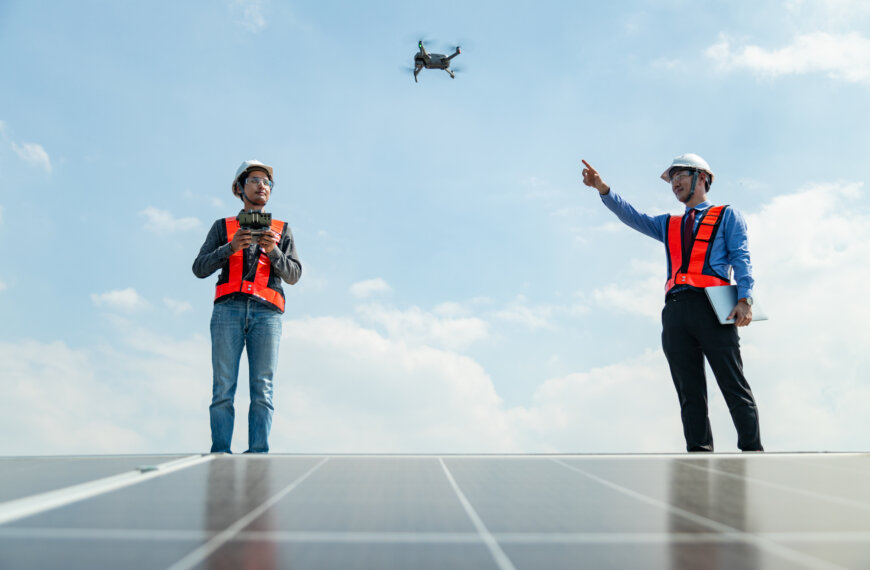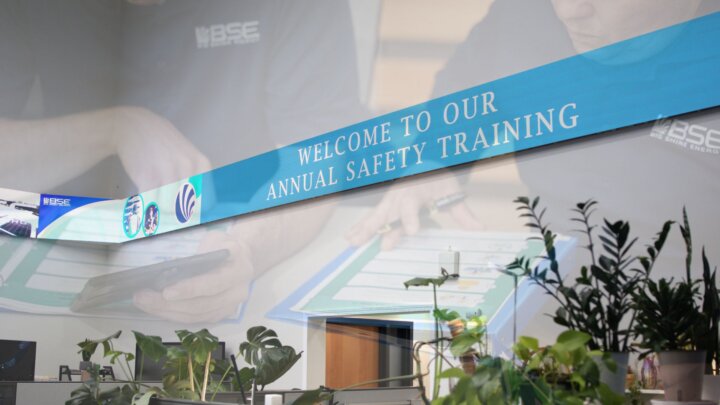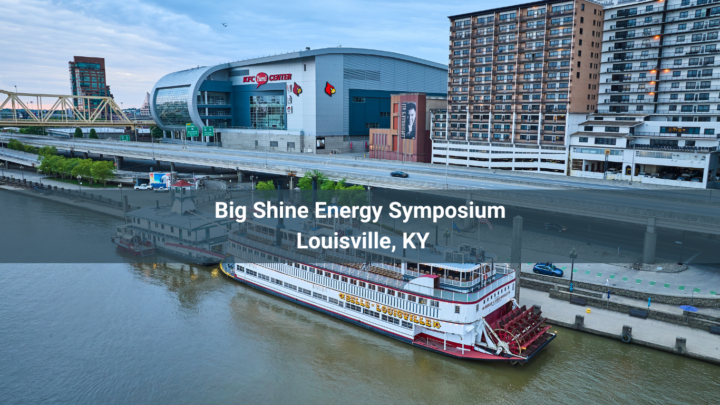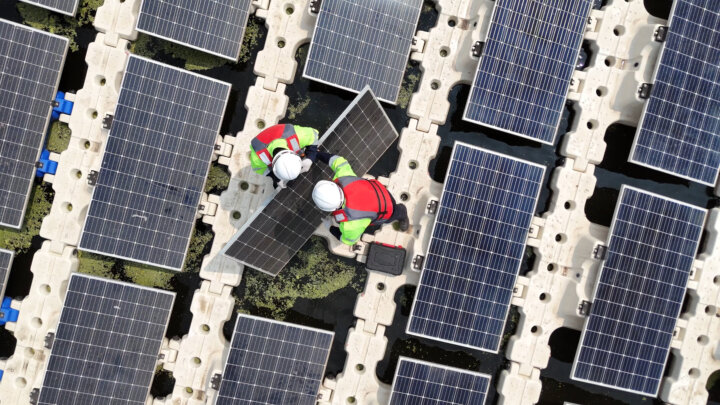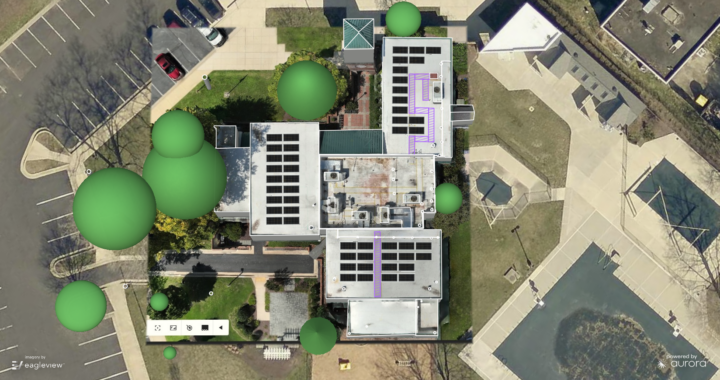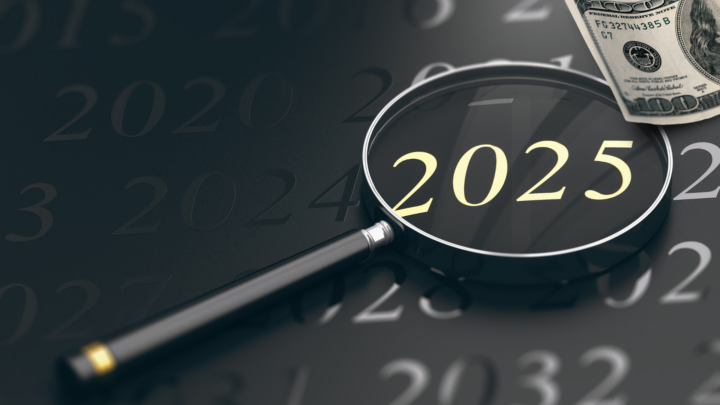The energy landscape is rapidly shifting towards renewable sources, with solar photovoltaic (PV) technology playing a crucial role in sustainable energy generation. As the deployment of PV systems increases worldwide, optimizing their performance and ensuring efficient operations and maintenance (O&M) becomes essential. These systems need to operate efficiently throughout their lifespan to truly be considered energy-efficient. The integration of advanced drones and software is transforming the management of solar PV plants, offering unparalleled insights, efficiency, and cost-effectiveness.
Drone Technology in Renewable Energy
Drone technology has advanced significantly. Initially used for recreational and military purposes, drones have now become vital tools in various industries, including renewable energy. In solar PV systems, drones equipped with advanced imaging sensors, artificial intelligence (AI), and analytics software are invaluable for O&M tasks. This blog focuses on thermal imaging and the DJI Mavic 2 Enterprise Advanced drone, along with its supporting software.
From Recreational Use to Industrial Applications
The DJI Mavic 2 Enterprise Advanced is a versatile and compact drone designed for industrial applications such as mapping, inspection, and firefighting. It features dual imaging with both high-resolution thermal and visual cameras. Additionally, it supports up to 32× digital zoom and can achieve centimeter-level positioning accuracy with the RTK module. Another option, the DJI Matrice 210, can be equipped with the Zenmuse XT camera powered by FLIR’s thermal imaging technology, making it suitable for rapid and reliable aerial thermal imaging inspections.
Advantages of Drone Integration in Solar PV Plant Management
One of the primary benefits of using drones in solar PV plant management is their ability to conduct aerial inspections with precision and efficiency. Traditional inspection methods often involve manual labor, scaffolding, or cherry pickers. These methods are time-consuming, labor-intensive, and costly. Drones with high-resolution cameras and thermal imaging sensors can quickly capture detailed images of the entire plant from various angles, including hard-to-reach areas.
Precision and Efficiency in Aerial Inspections
The data captured by drones is processed using advanced software algorithms to detect anomalies such as module defects, soiling, shading, or structural issues. AI-powered analytics can analyze large volumes of visual and thermal data, enabling predictive maintenance by identifying potential problems before they escalate into costly failures. By proactively addressing issues and scheduling targeted maintenance, solar plant operators can minimize downtime, optimize performance, and extend the lifespan of their assets.
Advanced Imaging and AI-Powered Analytics
Drones equipped with thermal imaging cameras, like the DJI Mavic 2 Enterprise Advanced, can detect temperature variations across PV modules. These variations can indicate defects or inefficiencies. This data, combined with high-resolution visual imagery, provides a comprehensive view of the plant’s condition.
The Role of AI in Predictive Maintenance
AI-powered software processes these images to detect anomalies automatically. By analyzing patterns and trends, AI can predict potential failures and suggest preventative measures. This proactive approach helps maintain optimal performance and reduces the risk of unexpected breakdowns.
Lifecycle Monitoring with Drone Deploy Software
Drone software facilitates comprehensive asset management and monitoring throughout the entire lifecycle of a solar PV plant. Beyond initial installation, drones can perform regular inspections to track vegetation changes, assess weather impacts, and monitor overall system health and performance.
Real-Time Data Insights for Informed Decision-Making
Real-time data insights enable operators to make informed decisions about maintenance prioritization, resource allocation, and performance optimization. Continuous monitoring ensures that the plant operates at peak efficiency, maximizing energy output and return on investment.
Mitigating Workplace Risks
In addition to O&M activities, drones enhance safety protocols and compliance standards within solar PV operations. By reducing the need for personnel to work at heights or in hazardous environments, drones mitigate risks associated with workplace accidents and ensure regulatory compliance.
Ensuring Regulatory Compliance
Rapid and accurate inspections also reduce the time required for plant shutdowns. This minimizes revenue losses and maximizes uptime. Compliance with industry standards and safety regulations is maintained without compromising operational efficiency.
Drones in Solar PV O&M
Looking ahead, the integration of drone technology is set to revolutionize the operation and maintenance of solar PV plants. As the renewable energy sector continues to grow, leveraging innovative solutions like drone software will be crucial. These technologies will maximize efficiency, optimize performance, and accelerate the transition to a sustainable energy future.
